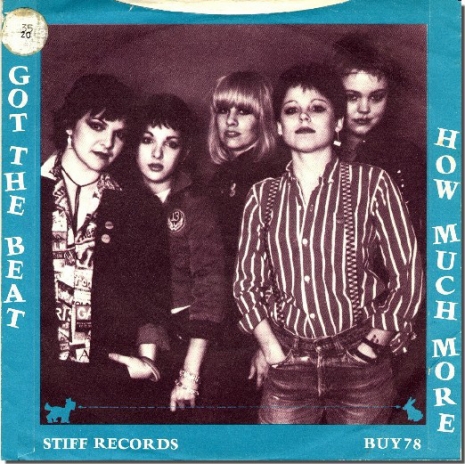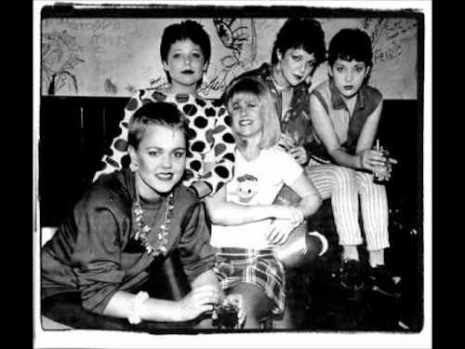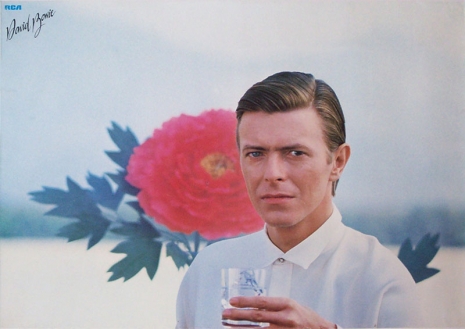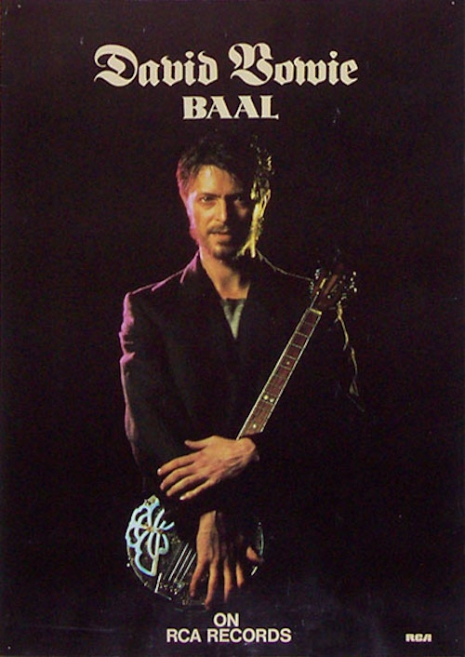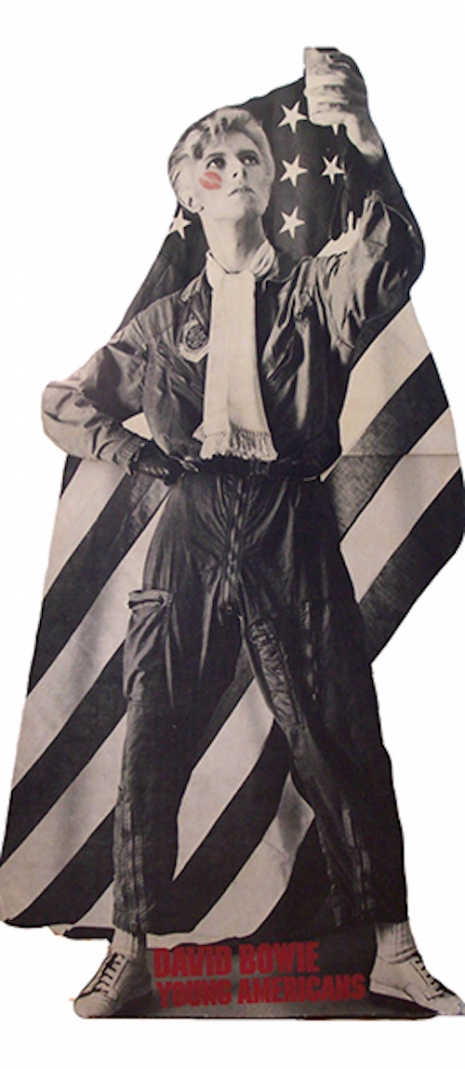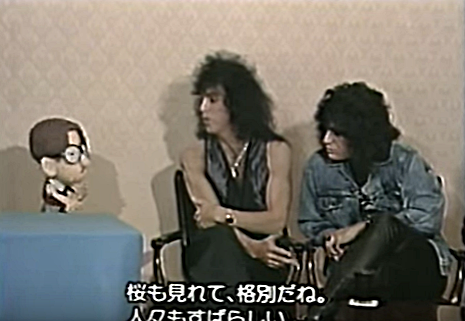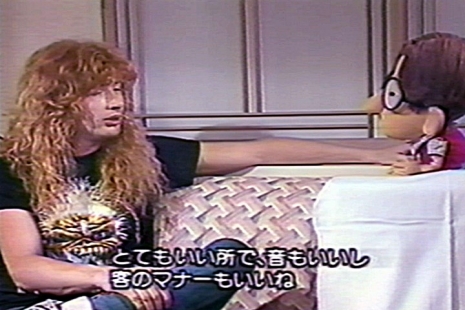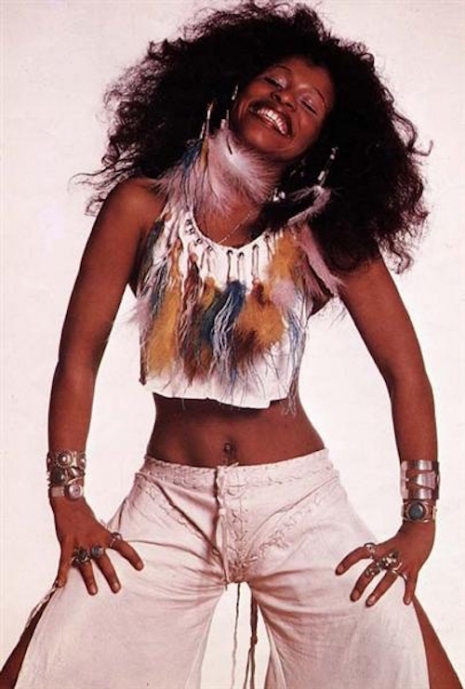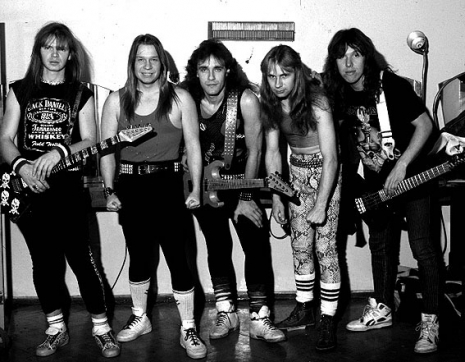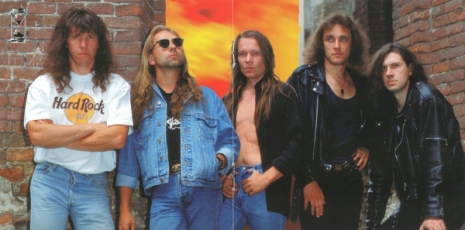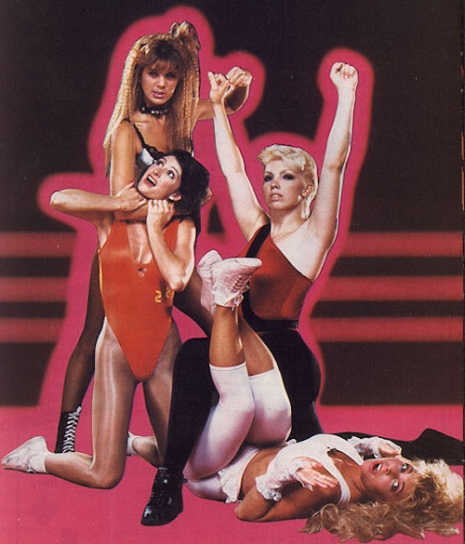
A few of the girls of ‘GLOW’ back in the 80s.
Next month, on June 23rd Netflix is launching the highly anticipated series based on the gonzo television series Gorgeous Ladies of Wrestling or GLOW that got its start in Las Vegas back in 1986. I can’t lie—I’m one of those people who can hardly wait to binge-watch the series because I was a huge fan of the original TV series as well as the early days of the World Wrestling Federation (or the WWF) that dominated the television airwaves during the 80s.
If just the mere mention of GLOW makes you think you smell the heavy fragrance of Aqua Net while feeling terribly nostalgic for the gift that was bad television programming from the 80s, you are not alone. The decade was jam-packed with awesome and strange shows like Night Flight, The Young Ones, and Pee-wee’s Playhouse just to name a few. That was back when you could solve all your problems just by watching the tube while under the influence of Budweiser (tallboy, of course), and a $2 joint. Sure, I could easily reproduce that very same cheap buzz I just described but it just wouldn’t be the same now, would it? Getting back to GLOW, if you recall anything about the show you recall how purely campy it was, especially when the girls tried their hand at performing comedy skits. Then there was the cultivation of the right image for the fictional characters the women played on the show. For instance, there was Queen Kong (aka Dee Booher who also played “Matilda The Hun” on GLOW) who looked like a mashup of Divine and Fred Flintstone, and the blonde duo of Brandi Mae and Malibu looked like castoffs from another show that was still on the air during the 80s, Hee-Haw.
My personal favorites were always the girls who were decked out like the wrestling version of former Warlock vocalist Doro Pesch, who painted their faces like King Diamond, with glitter or Halloween spray-on hair color on their heads. There were a few that took on that style during the good-old-days of GLOW, following in the footsteps of season one stars Spike and Chainsaw Wilinsky, “The Heavy Metal Sisters.” There was also seemingly no need for political correctness on GLOW and often girls would portray a character that was based on their actual or perceived ethnicity. “Palestina” (Janeen Jewett) was supposed to be some sort of Middle Eastern terrorist with a penchant for wrestling and Latino stuntwoman Erica Marr was dubbed “Spanish Red.” One of the show’s more popular attractions was Samoan wrestler “Mt Fuji” (Emily Dole), who was descended from actual Samoan royalty. Back in 1976 while she was still in high school Dole nearly made it to the Olympics, thanks to her shot putting skills. And it would seem that having the ability to hurl heavy, metal balls long distances also translated to being able to twirl a girl over her head before tossing her out of the ring. GLOW was good times.
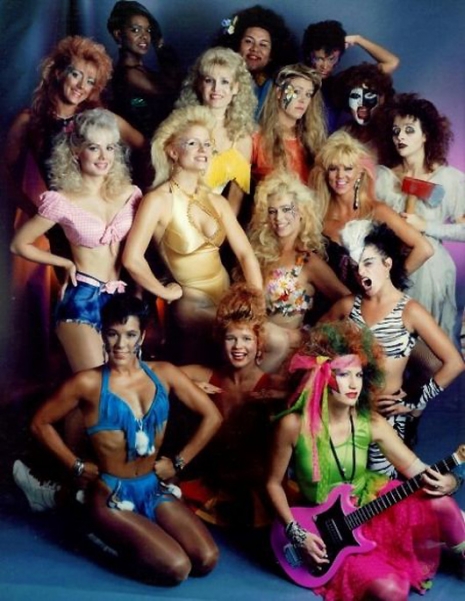
A group shot of the girls of GLOW.
Don’t get me wrong here, despite its high levels of soap opera silliness, the girls of GLOW were mostly tough women who worked out hard, lifted weights and liked to show their guns off like Hulk Hogan. Some were even stuntwomen (like Erica Marr) who were trying to break into Hollywood by pretending to break their opponents’ bones in the ring. The concept of doing a show featuring female wrestlers following a scripted storyline was the genius idea of David McLane. McLane got his start working with Dick the Bruiser—the former 260-pound NFL star who started his three-decade-long wrestling career in the 1950s. McLane would quickly excel as a promoter and later as a blow-by-blow commentator for the WWA (World Wrestling Association). Now here’s where things get a little bizarre—McLane would reach out to Jackie Stallone, you know, Sly’s mom, who was running a ladies-only gymnasium in Las Vegas called Barbarella’s. He pitched his show to Stallone who in turn gave him access to the girls who frequented her gym. The pair then enlisted the talent of Italian producer, director, and screenwriter (who was also briefly married to Jayne Mansfield before she died), Matt Climber, and GLOW was born.
The show itself was shot in a ballroom at what used to be the Riviera in Las Vegas before it was demolished last year, and if there’s a more appropriate setting for a wrestling match featuring gorgeous half-dressed women, I don’t know what would be. The girls of GLOW lived in Vegas and when they were out in public the ladies were required to stay in character. Split into two classes, the “good girls” and the “bad girls” the wrestlers were not allowed to fraternize with members not in their designated groups and would be fined if they did. Many of the girls lived full-time at the Rivera which the management of GLOW paid for and received $300 bucks a week and free tickets to the hotel’s buffet for their work on the show. If all this has gotten you chomping at the bit in anticipation of the new series then I’d suggest you check out the fantastic 2012 documentary GLOW: The Story Of The Gorgeous Ladies Of Wrestling. I don’t want to give anything away about that but my eyes leaked a little when some of the former cast members were reunited, many of whom hadn’t seen or spoken to each other for two-plus decades. I’ve posted some great vintage shots of the girls of GLOW below as well as some footage from the original show, including the infamous “GLOW Rap” that opened season one. I also threw up the trailer for upcoming series of GLOW on Netflix in case you haven’t seen it yet.
If this trip down memory lane doesn’t make you smile, your lips might be broken. You should probably have that checked out. Some of the photos are slightly NSFW.
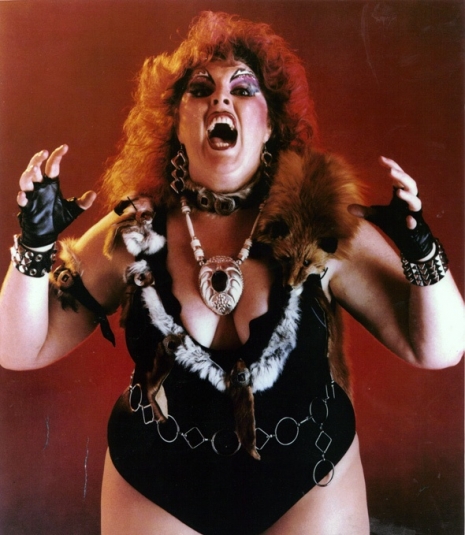
Dee Booher as “Matilda the Hun.” Booher has fallen on hard times and is currently trying to raise some much needed cash for medical expenses. Help out if you can here.
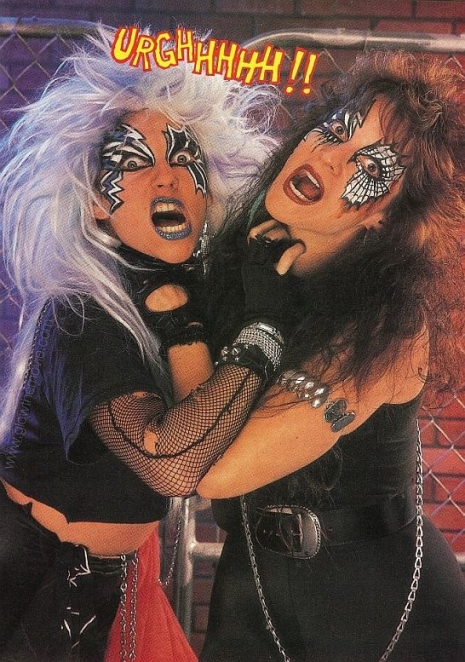
Spike and Chainsaw Wilinsky aka “The Heavy Metal Sisters.”
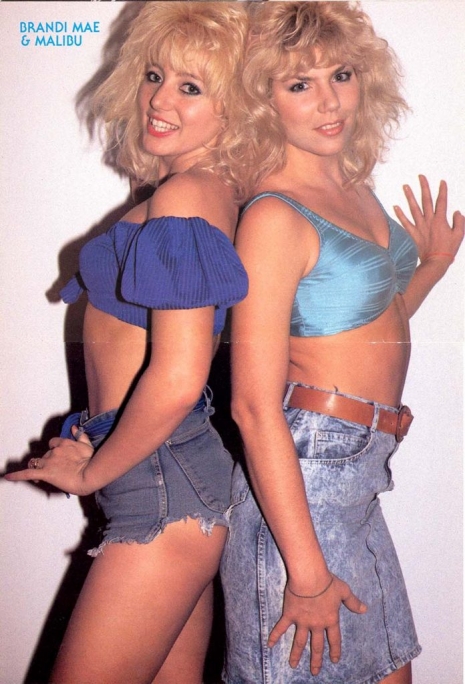 ;
;
Much more after the jump…

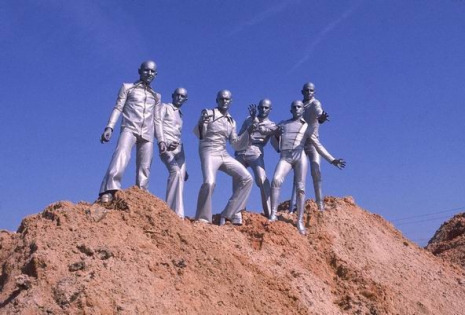
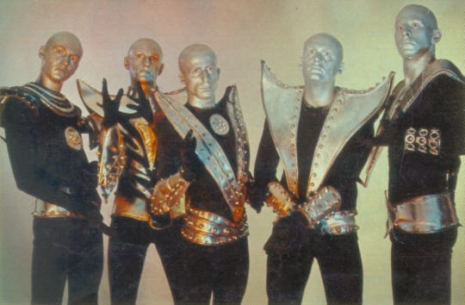








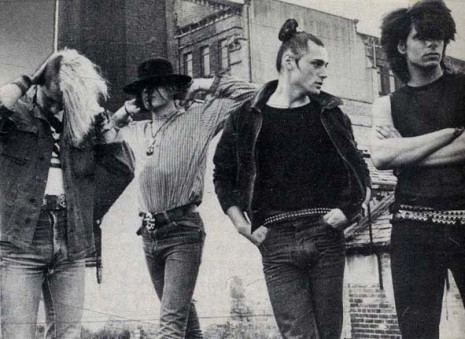

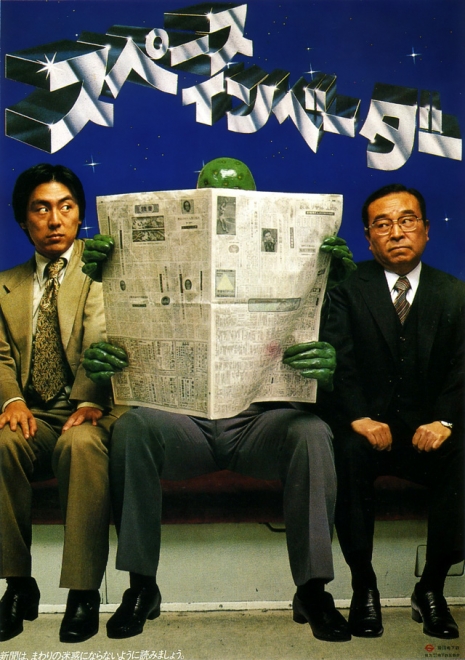
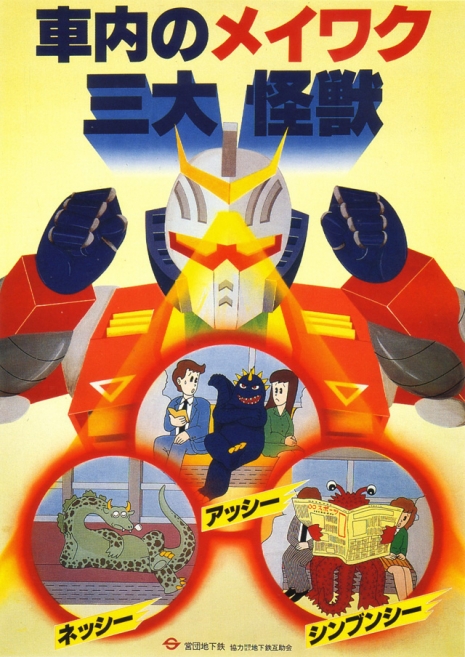

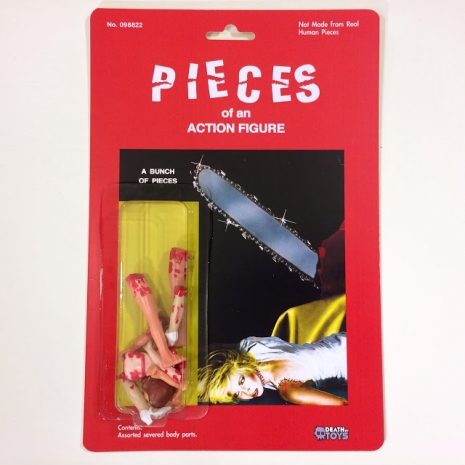
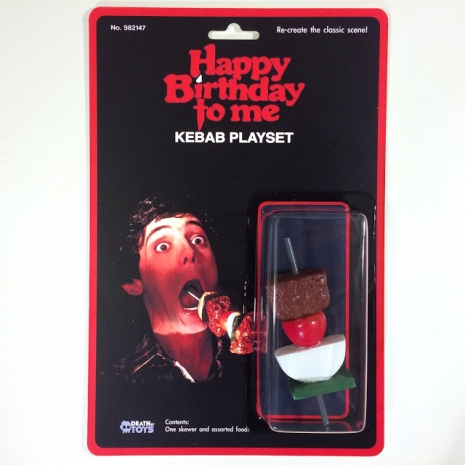







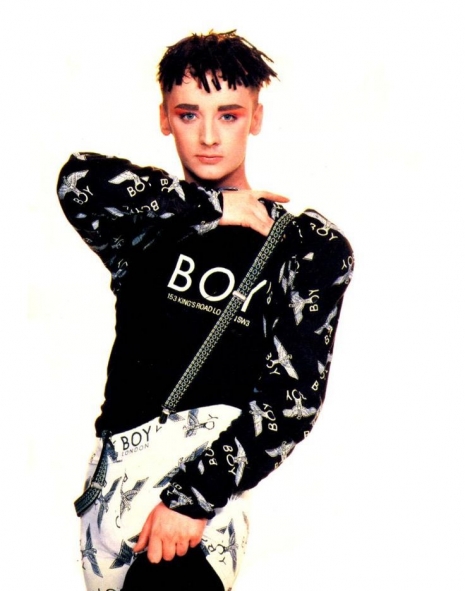
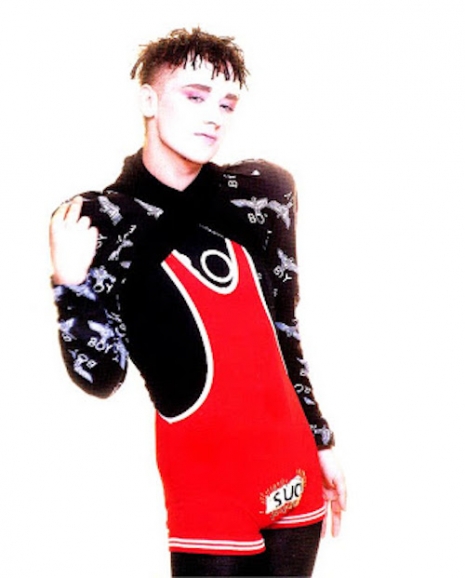




 ;
;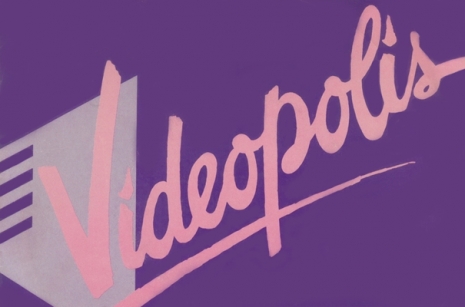
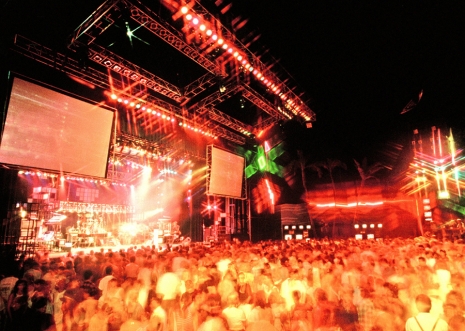
_465_609_int.jpg)
